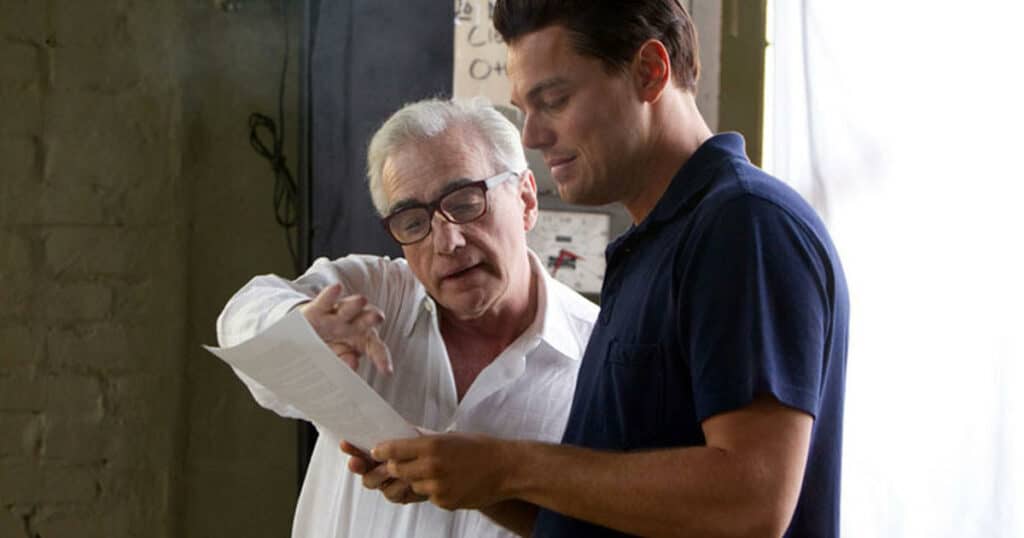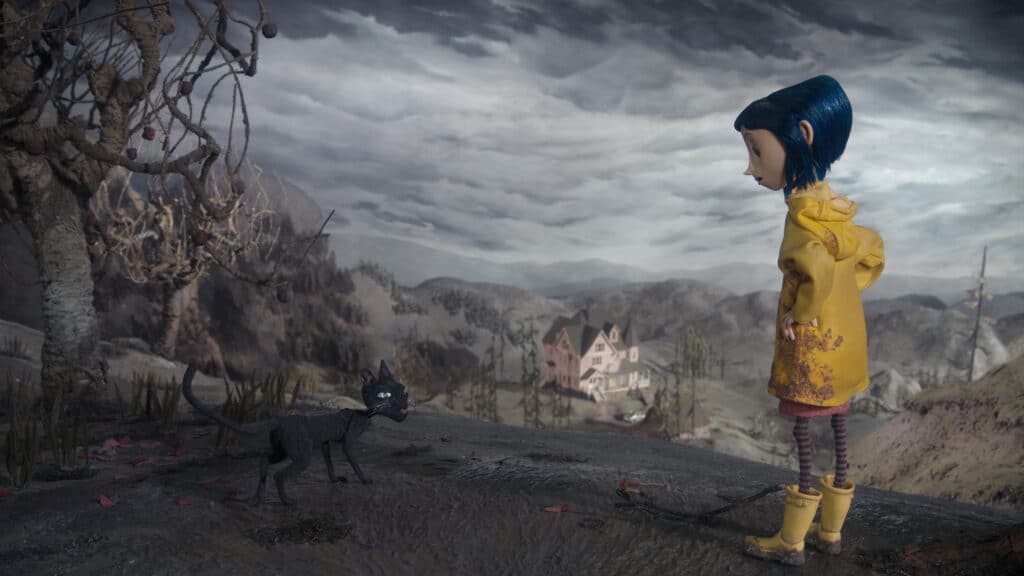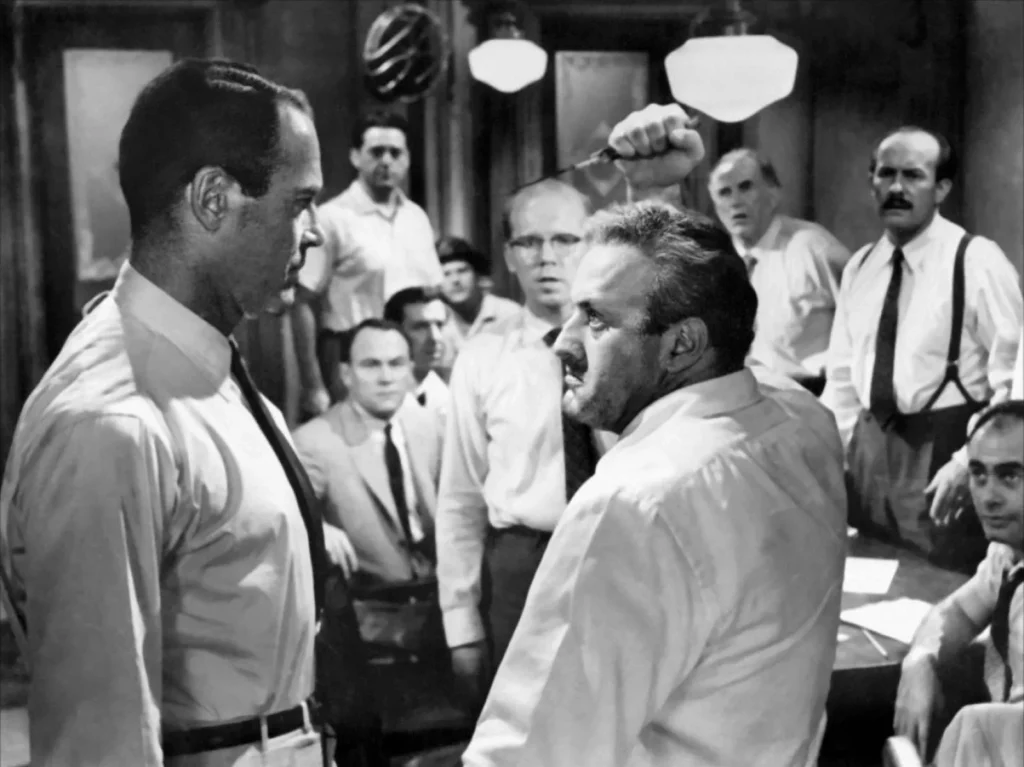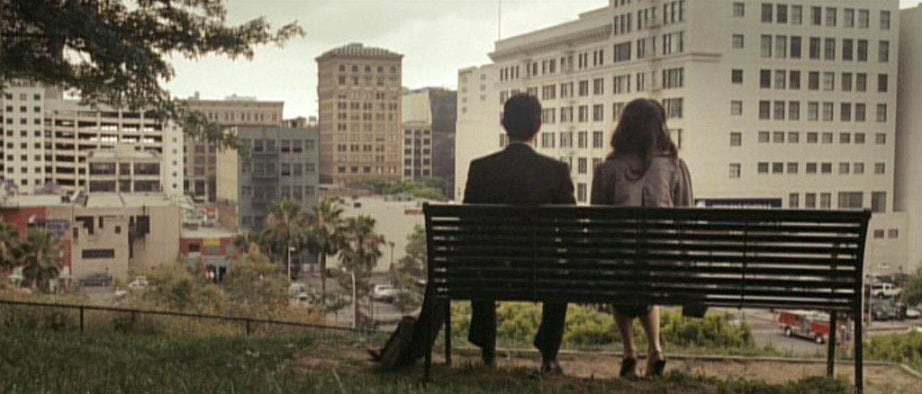Writing your first screenplay is an exciting but daunting challenge. You have so many great ideas in your head but don’t know how to correctly write them down to create a compelling screenplay.
Nevertheless, don’t feel too alone in this, as every great writer has had to face this moment in their career. Fortunately, the task does not have to be as complicated and unknowable as it might initially seem. There is plenty of help all around you from the many writers that have previously forged this path.
So we’ve put together some key lessons to learn from your first screenplay that will help you organize your ideas, learn the correct script format and structure, and give you tips to enhance the experience of writing your first screenplay as a whole.
Table of Contents
1. Read Books and Screenplays
The first lesson you will take from writing your first screenplay is that reading books and screenplays is the ideal way to start your journey.
If you attempt to sit down with a slight idea and start writing, you will soon realize that there will be many holes in your screenplay. These holes frustrate you and eventually, you will steer to another idea with another screenplay.
To avoid this, you should have a clear reference point for what you are doing. Books, screenplays and articles can help you acquire this knowledge. Some of them may contain exercises to make you engage with the content. These sources are great for new writers as they serve as guides for the screenwriting basics.
It’s also important, however, to read some actual screenplays.
- Choose one or two movies you enjoy and look their screenplays up online, for example.
- Authentic scripts provide you with an insight into how the elements that the books teach are used.
- Additionally, every writer has their own style. So, seeing different scripts helps you identify all the unique ways people write as well as encourage you to find your own approach.
Starting to write a screenplay without knowing how screenplays look, feel and flow is like trying to build something from scratch. You might know how it eventually looks and the basic elements of putting it together. But you don’t have any sense of the details that will make it truly work.
You’ll end up giving yourself more to do in the end by not understanding the core tenets of putting a screenplay together. So it’s, therefore, vital you have a familiarity with the form before you get started writing.

2. Learn the Correct Format
The second key lesson you’ll learn is that you must know the correct format that screenplays have. Your first screenplay might have all the right elements and be constructed based on a killer creative idea. However, if the format is wrong then the rest won’t matter much.
You can find the correct format used for scripts in some screenwriting books or check out our in-depth article on screenplay format. The main formatting elements are
- Headings
- Dialogue
- Action
- Characters.
But there is much more you can learn, such as how to write a transition or how to clarify that you are writing a montage.

For new writers, formatting can seem like a boring and frustrating element of writing. However, it’s vitally important in demonstrating confidence in your writing.
One of the first tests of your screenplay for readers will be if it is legible in how it uses the form. If your screenplay is confusing to read or messy in its use of formatting, no matter how good the ideas are, the reader will struggle to adapt and see past these errors.
3. Know Your Structure
The next thing many learn after completing their first screenplay is that knowing the correct structure of a script can be extremely useful. Structure is one of those elements of writing that can take time to grasp and master.
There are, however, some basic structural elements you should research before writing your first screenplay. These are essential for giving your screenplay a flow and legibility that will endear it to those reading.
Act Structure
Firstly, scripts are written in act structures. Most writers utilize the three-act structure. Yet, others prefer to write using a five-act structure. For the sake of the article, we are going to talk just about the former as it is the most used. The three-act structure consists of:
- First act: the set-up, the characters are introduced, their goals are made clear, and the world they live in is explained to the audience. Also, the inciting incident happens during this act, which opens the way to the next act.
- Second act: here is where the action unfolds. After the inciting incident, the protagonist faces obstacles in their journey to achieve their goal and the antagonist tries to hinder them. Then, the crisis happens, which leads to the final act.
- Third act: finally, the last act of the script is where everything comes together to create an ending. After the protagonist faces the moment of crisis, they need to face the antagonist to reach their goal. This is when the climax of the story occurs. Afterwards, all the loose ends in the story are tied together to create a satisfying end and resolution.
This is the basis of what the three-act structure consists of. Now, you will also need to understand what the elements listed in the explanation above mean. Some of these elements are vital to hooking the reader in and getting across your ideas in a clear and compelling manner. Not having such elements can be a clear sign of an amateur writer.

Inciting Incident
This term describes the moment that changes everything in your script. It is the catalyst of the entire story. Something happens that changes the world of the protagonist, forcing them to act.
It can be an incident that hinders their goal or that creates a new goal for them. Either way, it must be significant enough to be a problem that lasts until the climax.
Crisis
This is the moment where the protagonist has to face their ultimate dilemma. They are forced to make the greatest decision at this point in the story.
The choice they make will define who they are as a person. In most cases, it is an internal struggle they experience after a catastrophic event occurs in the story leading into the third act of the narrative structure.
Climax
The climax as mentioned above happens at the end of the script. It occurs when the protagonist encounters the antagonist force in a final battle. It is the moment where the tension is at its highest and the outcome of the story will be identifiable. In other words, here is where either the protagonist reaches their goal or where the antagonist wins.
Resolution
This occurs in the last scenes of the script. Here is where the entire story comes to an end and everything that was left unexplained receives some sort of resolution.
In order to leave the audience satisfied you need to be able to pick up loose ends and close them properly. The resolution is the ideal moment to do that. A resolution can also be the last scene that calms down the excitement after the climax.

Example of Structure
To help you understand these elements for your first screenplay better let’s look at an example in simple terms:
Coraline (2009)
Act 1
- The story begins with a young girl, Coraline, (the character is introduced) that just moved into a new house in a new town (the world is introduced).
- She is unhappy with these changes and misses her old friends.
- Then, she discovers a secret door that takes her to another dimension where she encounters an idealized version of her home (inciting incident).
Act 2
- In the other world, her parents have buttons instead of eyes and give her all the attention and gifts that her real parents don’t.
- She returns to the dimension a few times until the Other Mother offers her to stay there forever under the condition to sew buttons in her eyes.
- Coraline refuses and escapes. However, when she returns to her world, she realizes that her real parents have been abducted by the Other Mother.
- Here she must face her fears and decide if she wants to return to the other world and fight or to stay safe in her world (crisis).
Act 3
- Coraline returns to the other world in search of her parents.
- She makes a deal with the Other Mother to play a game. If Coraline loses she must stay and sew buttons in her eyes. If she wins, she gets to leave with her parents.
- Coraline wins and escapes. However, the Other Mother follows her into the real world where the final battle between them takes place (climax).
- Coraline conquers and in the final scene, all her neighbors are seen helping Coraline decorate her garden, giving an answer to what happened to everyone (resolution).

4. Get Inspired
Another lesson you will learn when writing your first screenplay is that you need a good idea. This might seem an obvious statement. But it is more important and harder than it seems. Your story needs to be strong enough to make it through all the acts explained above.
So, how do you get a good idea? A very simple observation method serves as one example of how to construct a scene seemingly from nowhere:
Go out to a location you don’t usually go to, sit down, and observe.
- How do people around you behave?
- What stands out?
- Is there anyone, for example, dressed differently from everyone else or acting apart from everyone else?
Once you wrote down what you noticed, start to ask yourself questions about these things.
- Why is that person there?
- What have they been doing previously?
- What might they be doing next?
You can use the answers you come up with to develop a scene. This might then inspire something else that leads you to an idea for an entire story. The above exercise is a way of stimulating your imagination.
Overall, your story idea needs to be a convergence of your interests, some personal inspiration and solid, believable characters. You won’t get your story idea necessarily from one singular place. Instead, you will likely draw your inspiration from multiple places, filtering these different sources into one idea.
So don’t over-rely on one aspect of inspiration. You may have, for example, a great idea garnered from a news story. However, this is still going to need fleshing out with characters, scenes, visuals and emotions sourced from other places. Being inspired is about being open to what is around you, constantly seeking the road to inspiration by looking up and not down.

5. Create Interesting Characters
You now know that for your first screenplay you need to have an idea about structure as well as a solid story. But having those two still is not enough, you will need something else vital: interesting characters.
Creating good characters is a huge aspect of a good script. But how do you do this? Well, most writers on their first try will want to write deep and complex characters. Yet, they might not know how to achieve this and will end up with two-dimensional characters.
To achieve three-dimensional characters, you will need them to have a dramatic want and a dramatic need.
Dramatic Want
This is the character’s external desire. Their goal is what they want to achieve. It is what they think they want but it might not be what they need.
Their want shouldn’t be vague to the audience. Saying that the protagonist wants love is too general, for example. However, saying that they want a specific person to love them makes for a better story because you and they have something to focus on.
- For example, in 12 Angry Men (1957) the protagonist wants to convince the rest of the jury that the accused is innocent. This is a very clear goal.

Dramatic Need
This is the internal desire. As mentioned above, the character might believe they want something, but they actually need something else.
Most of the time the character does not know what they need, or they try to suppress it. This creates an internal conflict with themselves, making them more complex.
A good, three-dimensional character is always battling against themselves as much as those around them. In this way, they must have both external conflict and internal conflict to fight against in order to achieve their goal.
- A character with just external conflict will seem too simplistic.
- Whereas a character with just internal conflict will feel too passive.
A great character is working towards something and must learn in the process of getting there.
6. Everything You Write Matters
You may feel you are ready to write your first screenplay now that you have learned about structure, three-dimensional characters, format and you have even read a few books. However, you will soon learn that simply writing what comes to mind will likely lead to more work in the long run.
Everything you write must be of significance to the story.
- Every piece of dialogue, action and even the sounds you include have to add information to the script to move the narrative forward.
- If you write a scene where everything that happens does not add anything to the narrative audiences will be frustrated.
- The viewer is trying to piece the story together and if you add something that is not significant to it, it will generate confusion.
A writer must interrogate everything they are adding into the script. By doing this the author will avoid the temptation of adding insignificant elements to the story.
This is why planning and structure are so important to writing an effective screenplay. Every scene, née every element, must be vital in moving the story forward. Otherwise, there is no point in it being there.
Some writers like to just write and see what comes out. For a first screenplay, however, this can be risky. It can leave you lost in the wilderness without a map, struggling to piece together the path. Better to have a clear plan, even if you take some detours along the way.
7. Take a Break
The last key lesson to learn from your first screenplay is to walk away from it. After you have written your script you want to take a break from it. Close your computer, go for a walk, and for a significant period of time don’t look at your screenplay again.
This will ensure that once you reread your draft you will do so with a clear mind. Thus, the analysis of your script will be more subjective and from a fresher perspective.
Rereading and editing a screenplay as soon as it’s completed will lead to an inaccurate criticism of it as your mind will be too overwhelmed from all the writing. Consequently, know how to focus on your script but also how to disconnect from it. Writing can be an all-consuming process. But with some distance, you will be able to look at your screenplay more objectively.
You will, however, of course never be able to look at your screenplay truly objectively. Which is why it’s so important to get feedback. You may be scared to share it. But it’s ultimately never going to grow and you’re never going to grow as a writer if you don’t share your work and seek to improve it.
This may be through friends, colleagues or professional script coverage. Whatever the method, allow yourself to be vulnerable, be confident in what you’ve done and seek to improve.

In Conclusion
From giving insight into structure and format to clearing your mind, the tips in this article are intended to make the whole process of writing a first screenplay easier.
However, even though the article offers a specific way a script should be written, it is also important to note that screenwriting is not an exact science. You might write a screenplay where the three-act structure is not used or where certain elements aren’t there, and it might work out.
The way a script is written is not set in stone. But for your first screenplay, it is important to start with a set structure from which you might detach yourself as you gain more experience.
The harsh truth is that your first screenplay is probably going to need a lot of work. As with any craft, learning the process of how to do it effectively comes with the act of actually doing it. Your first screenplay is a stepping stone, no matter how good or bad it is.
The above tips are not a shortcut to being a perfect, fully formed writer. However, they will prevent you from jumping into the deep end completely unprepared. From there, you will learn to swim.
– What did you think of this article? Share It, Like It, give it a rating, and let us know your thoughts in the comments box further down…
– Struggling with a script or book? Story analysis is what we do, all day, every day… check out our range of script coverage services for writers & filmmakers.
This article was written by Valentina Vlasich and edited by IS Staff.
Get *ALL* our FREE Resources
Tackle the trickiest areas of screenwriting with our exclusive eBooks. Get all our FREE resources when you join 60,000 filmmakers on our mailing list!

